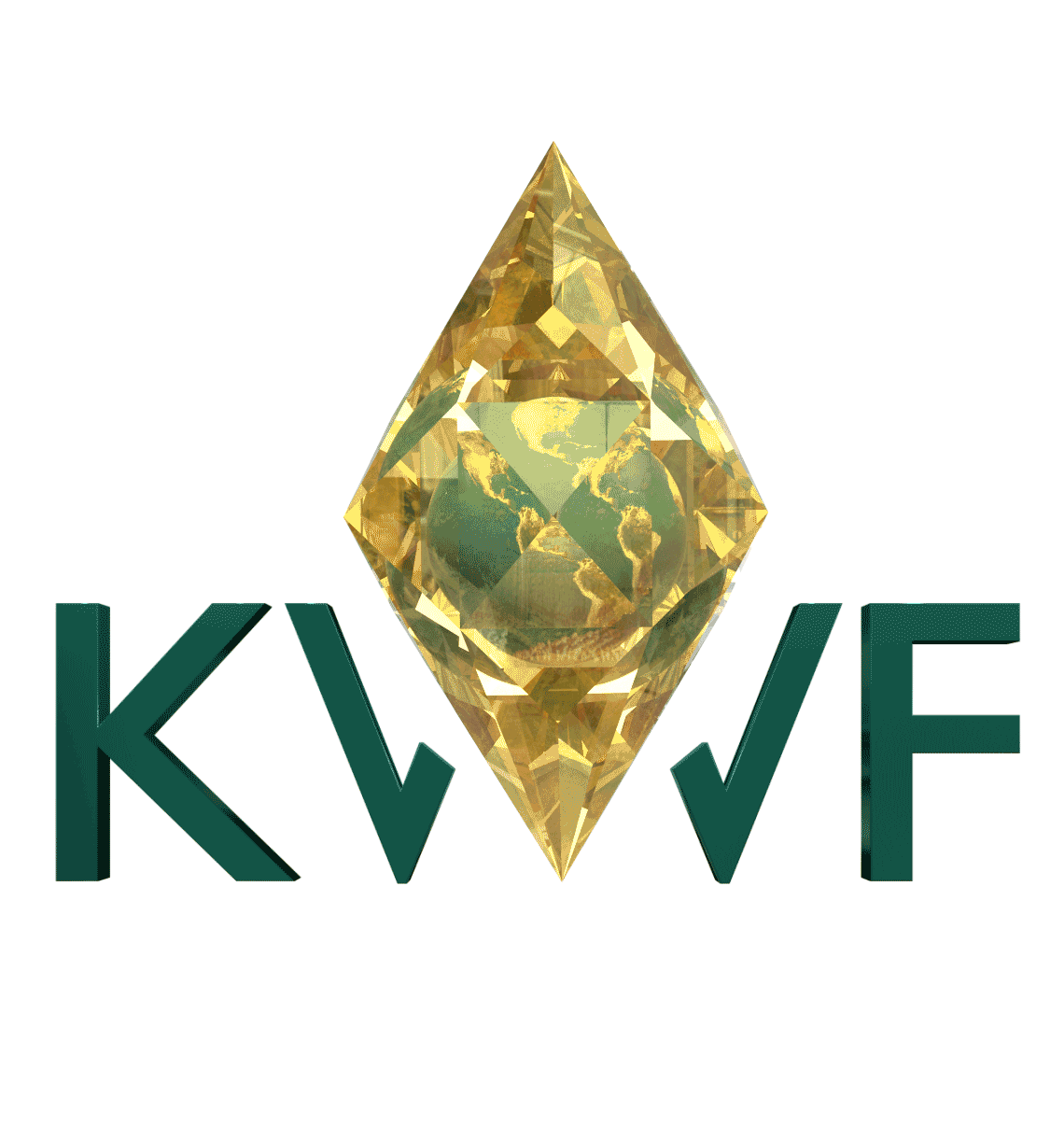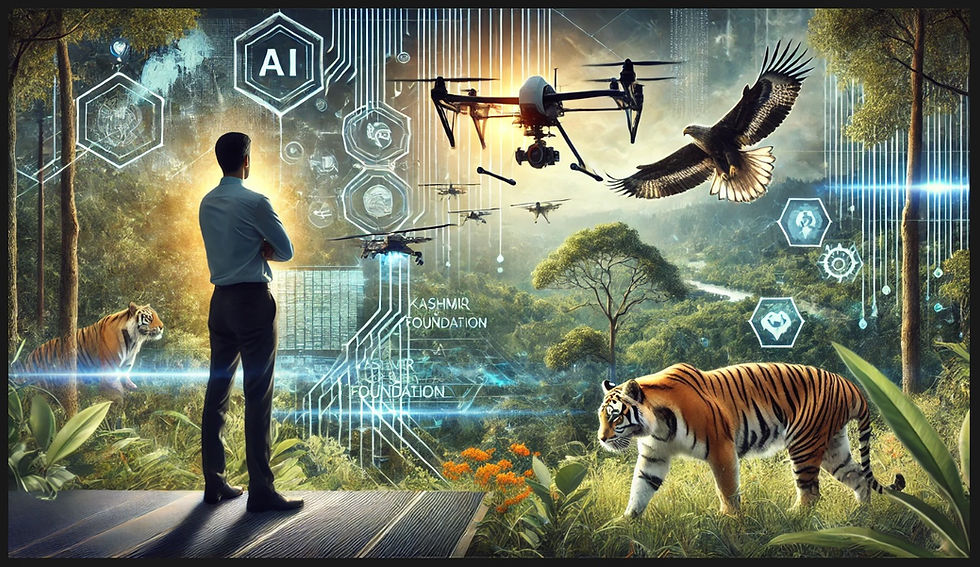Enabling Conservationists to Build & Fly Drones
- Kashmir World Foundation

- Jun 8, 2017
- 4 min read
By Jasmine Gibson

Kashmir World Foundation (KwF) has created innovative methods to incorporate drone technology into observing, conserving, and protecting the environment. Commercial drones have become popular in the past few years, however KwF develops mission focused custom autonomous aircraft embedded with micro computers and sensors that will revolutionize conservation and counter poaching of endangered species worldwide.

KwF has partnered with Georgia Southern University Sea Turtle Program at St. Catherines Island (GSUSTP@SCI), Georgia Sea Turtle Center (GSTC), and Reserva Playa Tortuga (RPT) to launch the first international Fly for Conservation hands-on workshop in Costa Rica. Reserva Playa Tortuga will host the workshop at their facility, KwF Drone Engineers will educate and train six teams from a variety of organizations on the fabrication, maintenance and use of drones in conservation and Conservationists from GSTC and GSUSTP@SCI will share experiences working with unmanned aerial systems (UAS) in their programs. The autonomous drones are designed by Kashmir Robotics engineers, and will be built and used by wildlife conservationists to collect and analyze data on the activity and behavior of endangered species worldwide. Data collected by the conservationists will be used to develop real time data processing capabilities for artificial intelligence trained through deep learning in neural networks.

“Technological advancement has shaped the past, present and is the future.” says Princess Aliyah Pandolfi, Executive Director of KwF. “I’m concerned if we don’t apply or wait to apply innovative technology solutions to conservation efforts, the next generation will not be inspired or motivated to consider careers in conservation fields. Phones with microcomputers, quick access to all information are part of everyday life - if these students choose a career in conservation they will expect Mobile Apps for data input, drones for faster data collection and artificial intelligence for data processing. KwF’s goal is to bridge the gap between current and future conservation tools. We need conservation leaders who can embrace the new technology, experiment to integrate the technologies and provide feedback for continued development. Through collaboration we can revolutionize the world of conservation with efficient, effective and powerful data processing technologies to protect our ecosystem and endangered wildlife.”
In May 2016, Princess Aliyah and Dr. Ronald Pandolfi Director of Kashmir Robotics visited St. Catherines Island at the invitation of David Smith, Chairman of the Board for St. Catherines Island Foundation. Mr. Smith gave the Pandolfis an opportunity to explore possible applications of drones for sea turtle conservation with Jaynie Gaskin, Executive Director of the GSUSTP@SCI.

In August 2016, Gaskin traveled to Melbourne Florida for the first ever KwF Fly for Conservation Workshop hosted by Barrier Island Sanctuary. Upon her return to SCI, Gaskin shared her experience with other conservationists and her willingness to be an advocate for drone technology in wildlife conservation programs became contagious.
Dr. Terry Norton Executive Director of GSC was excited to learn from Gaskin about the potential of drones for conservation. He was then inspired to build his first drone on St. Catherines Island in March 2017 during the Fly for Conservation Expedition 001. Dr. Norton then encouraged his colleagues in Costa Rica to consider hosting a workshop to build, program and fly drones for conservation. Dr. Norton believes, “having this workshop will ensure that it is integrated in our long term efforts in Costa Rica.”
Oscar Breari, Director of Reserva Playa Tortuga, a tropical biologist and a graduate from the Universidad Nacional de Costa Rica immediately accepted the challenge. Oscar has worked as field biologist and researcher from 2009 to 2014 and has been the Reserve Science Director and in charge of the sea turtle conservation program in Tortuga beach since 2009. “As a small organization” Breari feels, “the use of technology like drones will allow us to cover more area and access places where it’s difficult for our staff. The drones can provide important information to the staff before getting to the beach, or forest in our case. The drones also offer security by monitoring without exposing any person, mainly in sea turtle [territory] when we have poachers on the beach.”

Phoebe Edge is the Director of Osa Ecology, an organization that has maintained their mission on the southern beaches on the Osa Peninsula. Phoebe has been uniquely integral to sea turtle conservation efforts in Costa Rica as a biologist, conservationist, and educator. She has established sea turtle nesting beach monitoring programs on local beaches, education programs in schools and the local community, and managed a hatchery in response to extensive poaching by gold miners. “Drones designed with features applicable for our projects will ensure the sustainability of the program,’ says Edge, “and continued support from KwF will ensure maintenance, upgrades and drone repairs.” The Osa Ecology Team will be sponsored by CAVU through the Jordan and David Smith Fund. The Smiths are pleased to say, “CAVU is once again in the skies over Osa!”
Through global collaboration KwF educates and trains innovators to develop and apply unmanned autonomous systems for conservation and counter poaching of endangered species worldwide. For more information about the Fly for Conservation workshop in Costa Rica, please visit www.kashmirworldfoundation.org/flyforconservation
#georgiaseaturtlecenter #GeorgiaSouthernUniversity #stcatherinesisland #kashmirRobotics #KashmirWorldFoundation #princessaliyah #jayniegaskin #drterrynorton #ReservaPlayaTortuga #CAVU #osaecology #jordananddavidsmith #drones #UAS #buildandfly #customdroens #endangeredspecies #seaturtles #flyforconservation





Comments